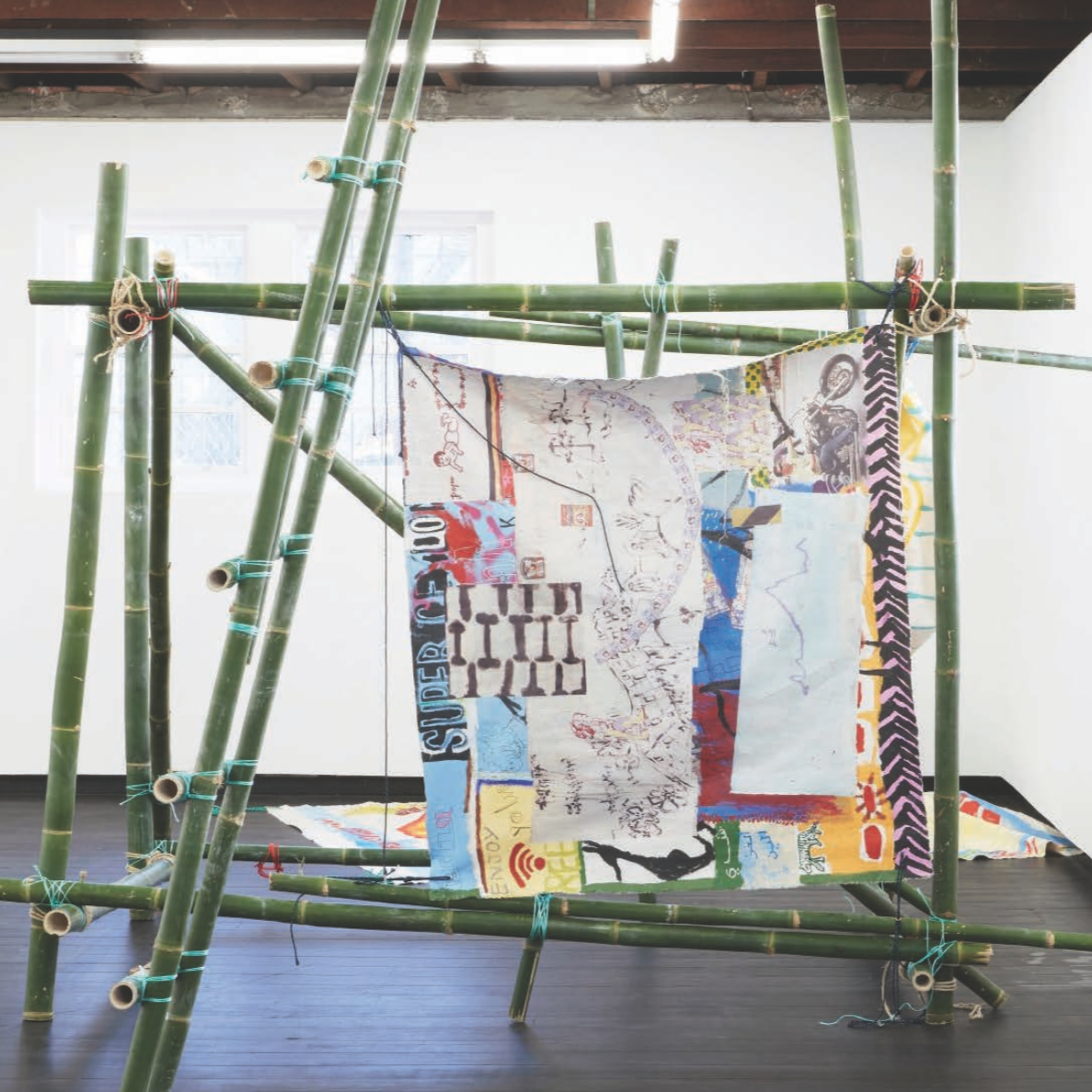Cool Hunter Predictions: Maggie Brink
The artists to watch in the year ahead.
Words: Rex Butler
Photography: Andrew Curtis
Every figurative painting today is meta-painting. Ever since that moment when Gerhard Richter first painted a table and then crossed it out, calling the final result Tisch (1962), each new figurative painting has had to overcome its own prior crossing out or even is its own crossing out. Richter’s entire career takes place in the wake of that foundational first painting, and so does that of every painter who comes after him.
Brisbane-born, Melbourne-based artist Maggie Brink first started studying at the Sydney College of the Arts in 2010 and recently completed her MFA there. Like every art-school educated artist in Australia today, she would be thoroughly aware of the ongoing debate about the viability of figurative painting: out in the abstract 1960s, back in in the post-modern 1980s, out again in the post-medium 2000s and back in again in the post-ironic 2010s. And her response to all of this is to paint a little like the Belgian maestro Luc Tuymans, who perhaps provides the great alternative to Richter.
If there is a seamless, Vermeer-like finish to Richter, Tuymans appears far more willing to open himself up to uncertainty. His images are out of focus, loosely brushed and seemingly unfinished. There’s something of this in Brink’s work. There’s an appealing softness and lack of insistence about it. It’s hard to keep in mind with its subject matter seeming to disappear before our eyes.
We see this almost literalised in a sequence from Brink’s forthcoming show at Melbourne’s ReadingRoom. At first, a figure lies straight in bed, arms to the side. Then we see them asleep, arms were thrown back and eyes closed. Then finally it seems like the figure has almost melted into the bed, leaving only a dark pool of amorphous grey. In a previous solo at ReadingRoom (other recent outings have included solos at Sydney’s Firstdraft and Knulp galleries), Brink painted a sculptor with his hands around the torso of a woman in a seemingly firm deep blue. But if the spectator looks closely, the figure – almost like a reverse Pygmalion and Galatea – melts away before their eyes. It’s really just the slightest blue wash, enough to make us see its form against the white background of the rest of the painting. Brink is calling out its illusion at the very moment both we and its creator feel we can put our arms around it.
One of Brink’s friends, street artist Mitchell Cumming, wrote a cool, nonlinear poem as the essay for Brink’s previous ReadingRoom show. In it are the lines: “I mean/I like/to lay/one simple thing/beside another/ and to have/ The two/commune”. But I’m not sure that this simple indifference is Brink’s thing. She’s trying, but she also knows you can’t try too hard. The table has already been upended, and all anybody has been able to do since is trying to glue together the broken plates.
Featured image: Installation view of Maggie Brink’s Alien Alien Crocodile Shadow, ReadingRoom, Melbourne, 2018. Courtesy: the artist and ReadingRoom, Melbourne.
This article was originally published in Art Collector issue 95, JAN – MAR 2021.













